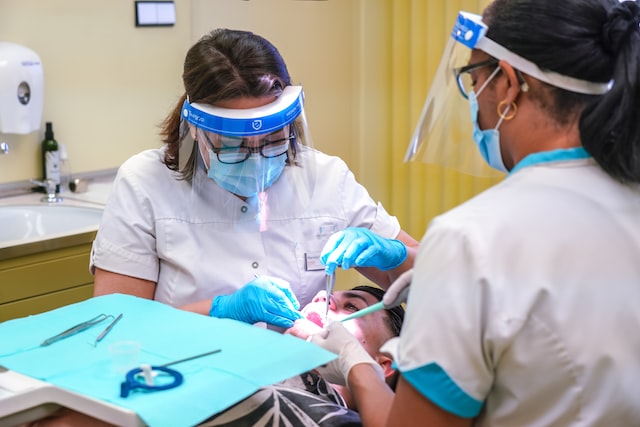Types of Learning Disabilities
A learning disability impacts how an individual communicates, understands information, and learns information. This can bring about challenges when faced with new or complex information, coping independently, and learning new skills. Individuals with learning disabilities may require extra care and support.
Over 1 million people in the U.K. have a learning disability. Learning disabilities are considered to be profound, severe, moderate, or mild. The signs of a learning disability vary from one individual to the other, but they persist throughout a person’s life. In this post, we will look at how learning disabilities affect mental health and creativity, as well as how we can support kids and adults with learning disabilities.
Supporting Persons with Learning Disabilities
Learning disabilities are a form of reduced intellectual ability that leads to challenges in day-to-day activities, like managing money, socializing, or doing household tasks. There are different types of learning disabilities, ranging from profound to mild, that determine the level of support and care an individual requires.
Mild
An individual with mild learning disabilities can communicate their wishes and needs, as well as hold a simple conversation. They can complete daily tasks independently and care for themselves. However, they may require some help with complex tasks like filling out crucial documents and budgeting. Dyslexia is one example of a mild learning disability.
Moderate
An individual with a moderate learning disability can communicate their wishes and needs, but it may take them more time than a person with a mild learning disability. They can join a certificate in foundation journalism in order to learn writing and make a good career in media.
Severe
An individual with a severe learning disability can communicate using basic gestures and words. Many of them can meet their own personal care needs, but they may need some help when carrying out some daily tasks like cooking and cleaning. Some individuals with severe learning disabilities may require support with mobility or have additional medical needs.
Profound
An individual with a profound learning disability has a severe learning disability alongside another disability or medical condition. This seriously affects their ability to communicate, and they may not be able to understand a lot of information. Individuals with a profound learning disability need a caregiver to support them with most aspects of their daily life like cleaning, washing, and eating.
Some learning disabilities, like Downs syndrome, can be diagnosed immediately after birth. Other learning disabilities, like Dyslexia and Dyscalculia, may not be diagnosed until a toddler is old enough to talk or walk. Children develop writing and reading skills at different speeds due to various factors, so having some challenges during this phase of development does not mean that they have a learning disability. Some common signs associated with learning disabilities include difficulty following instructions and problems with writing or reading.
It’s worth noting that only a certified medical practitioner can diagnose a learning disability.
Each learning disability is different. Not everyone with a specific learning disability will show all the signs, varying from one individual to the other.
Common Learning Disabilities in the U.K.
It is estimated that up to 1 in every 10 people in the United Kingdom have some form of dyslexia. This condition affects how a person processes language, making it difficult for them to write and read. It is a problem that persists throughout a person’s life, but there is plenty of support for adults and children with dyslexia.


